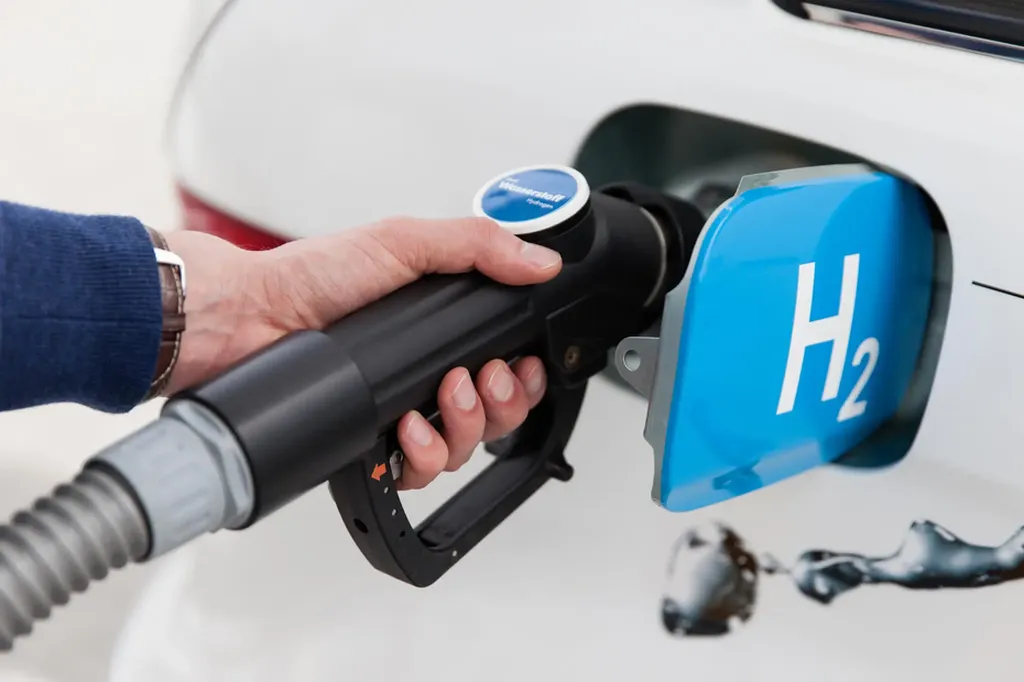The European Commission’s latest round of funding for electric transport and alternative fuels infrastructure marks a significant step in the EU’s push towards decarbonization, with potential ripple effects across markets and industries. The allocation of €600 million (nearly $700 million) to 70 projects across road, sea, air, and inland waterway transport networks underscores the EU’s commitment to expanding the backbone of its green mobility ambitions.
The lion’s share of the funds will fuel the installation of high-speed DC charging stations, a critical move to address range anxiety and accelerate the adoption of electric vehicles (EVs). Over 1,000 charging kiosks with a capacity of 150 kW for passenger cars, more than 2,000 devices with 350 kW, and 586 charging stations with 1 megawatt for heavy trucks are set to be deployed along key transport routes in 24 EU countries. This infrastructure push could reshape the EV market, making long-distance travel more feasible and potentially boosting demand for electric heavy-duty vehicles, a segment that has lagged behind passenger cars in the transition to electrification.
The largest grant, awarded to the French company Voltix, highlights the strategic importance of heavy commercial vehicle electrification. Voltix’s plan to install 288 MW of charging capacity at 45 locations across several countries could set a precedent for other companies and countries, potentially spurring investment in this niche but growing market. The focus on heavy trucks is particularly noteworthy, as these vehicles account for a disproportionate share of transport emissions. Electrifying this sector could significantly reduce the EU’s carbon footprint and create new opportunities for innovation in battery technology and grid management.
Beyond road transport, the EU’s funding extends to airports and seaports, signaling a holistic approach to decarbonizing the transport sector. Sixteen airports will receive support to electrify ground services, a move that could reduce emissions from aircraft taxiing and ground handling equipment. Meanwhile, seaports will see projects aimed at electrifying port operations, installing shore power supply (OPS) stations, and constructing ammonia bunkering facilities. These initiatives could catalyze the development of green shipping corridors and accelerate the adoption of alternative fuels in the maritime industry.
The inclusion of 38 hydrogen refueling stations for cars, trucks, and buses in the funding round reflects the EU’s balanced approach to alternative fuels. While hydrogen has faced criticism for its lower efficiency compared to battery electric vehicles, it remains a viable option for certain applications, particularly in heavy transport and industries where electrification is challenging. The EU’s support for hydrogen infrastructure could stimulate market growth and innovation in this sector, potentially making it more competitive in the long run.
The funding round is part of the Alternative Fuels Infrastructure Facility (AFIF), which has already allocated over $2.5 billion since 2021. This sustained investment sends a clear signal to the market about the EU’s long-term commitment to alternative fuels and could attract private sector investment, further accelerating the transition to green mobility.
However, the EU’s ambitious plans are not without challenges. The rapid expansion of charging infrastructure and alternative fuel networks will require significant coordination among member states, as well as collaboration with private sector stakeholders. Ensuring the interoperability and reliability of these networks will be crucial to their success. Moreover, the EU must address potential bottlenecks in the supply chain, such as the availability of critical minerals for batteries and the development of the necessary workforce to install and maintain the new infrastructure.
In the broader context, the EU’s funding decisions could influence global markets and policies. As other regions look to the EU for leadership in the transition to green mobility, the success or failure of these projects could serve as a model or a cautionary tale. The EU’s approach to funding, regulation, and public-private partnerships could provide valuable insights for other governments grappling with similar challenges.
In conclusion, the EU’s latest funding round for electric transport and alternative fuels infrastructure is a significant step towards decarbonizing the transport sector. By investing in a diverse range of projects, the EU is not only addressing the immediate needs of its member states but also shaping the future of the global transport market. The coming years will be critical in determining the success of these initiatives and their impact on the broader transition to a sustainable, low-carbon economy.

